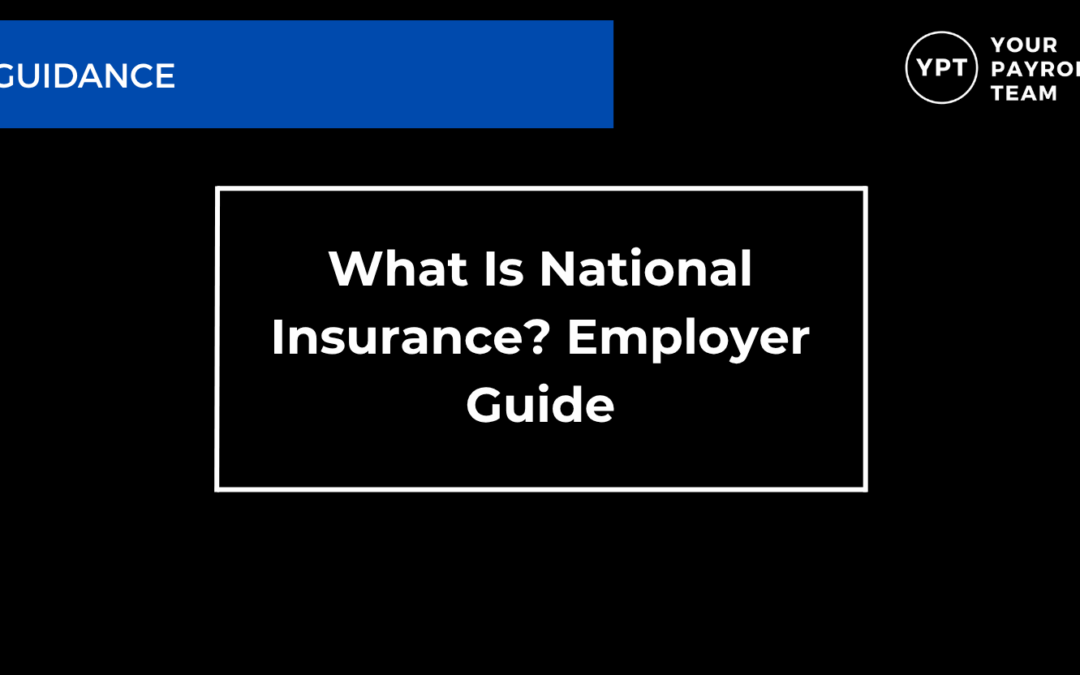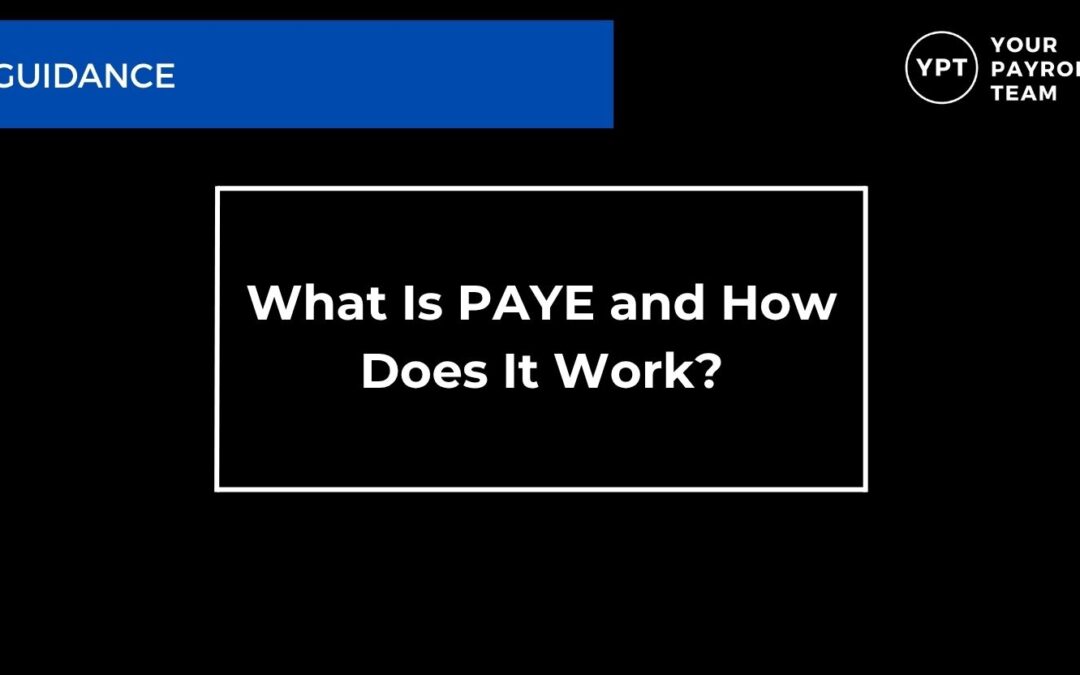
by Kevin | Nov 13, 2025 | Guidance
Auto enrolment is the legal requirement for employers to put eligible employees into a workplace pension and contribute to it.Every employer in the UK must operate auto enrolment correctly — even if they only have one employee. This guide explains what auto enrolment...

by Kevin | Nov 13, 2025 | Guidance
National Insurance (NI) is a tax that helps fund state benefits such as the State Pension, maternity allowance and certain unemployment benefits.Employers must deduct the correct NI from employees’ pay and also pay employer NI on top. This guide explains how NI works,...

by Kevin | Nov 13, 2025 | Guidance
Statutory payments are payments that employers must make to employees when certain situations occur — such as sickness, maternity, paternity or adoption leave. These payments follow strict rules, eligibility criteria and calculation methods, and employers are legally...

by Kevin | Nov 13, 2025 | Guidance
RTI — Real Time Information — is the system that employers use to report payroll information to HMRC every time employees are paid.It’s one of the most important parts of UK payroll, and late or incorrect submissions can lead to penalties. This guide explains RTI in...

by Kevin | Nov 13, 2025 | Guidance
PAYE (Pay As You Earn) is the system HMRC uses to collect Income Tax and National Insurance from employees’ pay.As an employer, you’re legally responsible for operating PAYE correctly every time you run payroll. This guide explains PAYE in simple terms so you know...

by Kevin | Nov 13, 2025 | Guidance
Payroll is the process of calculating pay, deducting the right amounts, and paying employees correctly and on time.As an employer, you’re responsible for making sure payroll is accurate, compliant and reported to HMRC every time you run it. This guide breaks payroll...







